Access Point CISCO AIR-AP1852I-E-K9 v04
Description
Boost your wireless network performance with the Cisco AIR-AP1852I-E-K9 Aironet 1852I Access Point. This refurbished access point is designed to deliver high-speed Wi-Fi with dual-band 802.11ac Wave 2 technology, making it ideal for enterprise environments that require reliable and efficient wireless connectivity. The AIR-AP1852I-E-K9 features internal antennas, offering a sleek and unobtrusive design that seamlessly blends into any indoor environment.
Features
- MU-MIMO: 802.11ac Wave 2 with 4×4 Multiple-Input Multiple-Output (MIMO) technology with four spatial streams when operating in single-user MIMO mode and three spatial streams while operating in multiuser MIMO mode, offering 1.7 Gbps rates for more capacity and reliability than competing access points
- APPLICATION VISIBILITY AND CONTROL: Network-Based Application Recognition (NBAR) deep-packet inspection technology provides application-aware control on a wireless network and enhances manageability and productivity. It also extends Cisco Application Visibility and Control (AVC) as an end-to-end solution, which gives a complete visibility of applications in the network and allows the administrator to take some action on the same.
- RADIO RESOURCE MANAGEMENT: Cisco Radio Resource Management (RRM) allows Cisco’s Unified WLAN Architecture to continuously analyze the existing RF environments, automatically adjusting each APs’ power and channel configurations to help mitigate such things as co-channel interference and signal coverage problems. RRM reduces the need to perform exhaustive site surveys, increases system capacity, and provides automated self-healing functionality to compensate for RF dead zones and AP failures.
- SECURITY: Securing the Device: Cisco Umbrella (OpenDNS), Identity PSK (iPSK), IP and DNS ACLs. Securing the Air: Spectrum Intelligence, Wireless Intrusion Detection (WIDS). Securing the Network: 802.1x on AP, AAA profiling and policy. To protect your wireless network from unauthorized access and threats.
- PEACE OF MIND: Limited lifetime hardware warranty
- Wireless Standard: Dual-band 802.11ac Wave 2 for high-speed wireless connectivity
- Internal Antennas: Integrated antennas for a streamlined design, suitable for indoor enterprise deployments
- High-Density Performance: Designed to support high-density environments, providing reliable Wi-Fi coverage for numerous devices
- Seamless Integration: Easily integrates with existing Cisco wireless networks and management tools for centralized control
(1) Mode button (2)RJ45 Console port (3) USB port (4) AUX (Auxiliary) port. (5) PoE-In port (Ethernet Uplink port) (6) 48 V DC input power port
802.11ac Wave 2 and beyond
It is a 3×3:2 design (three spatial transmit/receive chains, but supports two spatial streams) in both 2.4 GHz and 5 GHz. It supports DFS (Dynamic Frequency Selection) for 5 GHz channels that require it, which allows it to use more channels (especially in regulatory domains that mandate DFS) while avoiding radar interference. It also supports beamforming (transmit beamforming) which helps improve signal quality to clients.
Cisco DNA support
The Cisco AIR‑AP1852I‑E‑K9 support Cisco DNA licensing (DNA subscriptions) when used with compatible wireless controllers, though there are some conditions & caveats. APs connected to 9800 Series controllers have “new and simplified DNA subscription software bundles”, and that DNA has different tiers (Essentials, Advantage, Premier). Also AIR‑AP1852I‑E‑K9 is supported under the Cisco Unified Wireless Network with AireOS software (8.1 MR1 or later) when using older controller models.
Cisco DNA support features
- Compatible Controller: DNA features are enabled via controllers like the Catalyst 9800 series (or virtual equivalents). If you are still using older AireOS or non‑DNA‑aware controllers, some DNA subscription features may not be available.
- Firmware / IOS Version: The AP must be on software versions that support being managed by a DNA controller and the features you want (telemetry, assurance, etc.). Old firmware might lack some DNA integrations.
- Proper DNA Subscription License: You’ll need to buy the DNA subscription (Essentials, Advantage, etc.) per AP or for the controller/AP deployment as required by Cisco. Without the subscription, you may not be able to enable some advanced features.
- Power / PoE: The 1852 uses more power than smaller/lower‑capacity APs. If PoE budget, cable runs or switch capacity are insufficient, some radios or ports (USB, AUX) may be disabled under lower‑power PoE (e.g. 802.3af vs 802.3at). This can limit functionality
- Regulatory / Domain Limitations: Depending on your country, some channels (especially in 5 GHz with DFS) may be restricted. Also, if future WiFi standards (e.g. WiFi 6 / 802.11ax, 6 GHz use) are required, this AP does not support those, so DNA’s features tied to newer hardware won’t fully apply.
High-density experience
Here’s a breakdown of “High‑Density Experience (HDX)” as it relates to the Cisco AIR‑AP1852I‑E‑K9 / 1850 Series, what features enable it, and what you get in practice. If you tell me your deployment size (number of clients, area, building layout), I can help you estimate whether HDX will deliver well in your environment. HDX is Cisco’s suite of features (hardware + software + RF design) for handling many wireless clients in one place — think auditoriums, lecture halls, open‑plans, conference centers. It’s meant to improve user experience when many devices are competing for RF spectrum, including legacy (3.3 GHz) and modern (5 GHz / Wave 2) devices
- Channel Planning & RF Mapping
- Use many 5 GHz channels with DFS where permitted, to spread load.
- Use 20/40/80 MHz carefully: wide channels are good, but in very dense circumstances narrower channels (20/40) might reduce interference and improve aggregate performance.
- Control transmit power so that overlap is minimized but coverage is reliable.
- Client Device Capability
- Many devices must support MU‑MIMO, high‑order modulation (e.g. 256 QAM), etc., to benefit. Old devices will drag down performance.
- Ensure clients roam properly and use good antenna orientation.
- Backhaul / Wired Network
- The wired link (Ethernet to AP, switch capacity) must have enough capacity. If many clients are pushing data, the 1 Gbps uplink could become a bottleneck (especially if many APs share the same switch).
- Also ensure switch PoE budget supports powering many high‑density APs (since ~21 W per AP is non‑trivial).
- AP Placement & Density
- More APs per area (denser deployment) might be needed to keep client‑to‑AP ratio reasonable.
- Use ceiling mounts (or good antenna placement) to reduce blockage/obstacles.
- Monitor load and adjust settings (channel widths, power) dynamically if possible.
- Firmware / Controller / Mode Settings
- Use IOS / AireOS versions that optimize for high‑density (tuning features, MU‑MIMO, moving non‑ESS clients off 5 GHz, etc.).
- Use controllers that support load balancing, airtime fairness, and features like band steering.
- Avoid legacy rates / slow clients, possibly disable very low MCS rates if feasible.
- Environmental Considerations
- Interference (from neighbouring APs, non‑WiFi sources) has a big negative effect. Spectrum analysis helps.
- Physical interference: walls, partitions, materials that block 5 GHz (glass, metal) reduce real performance.
Cisco AIR‑AP1852I‑E‑K9 Warranty
Cisco has a standard hardware warranty for its products: the warranty covers defects in materials and workmanship under normal use.

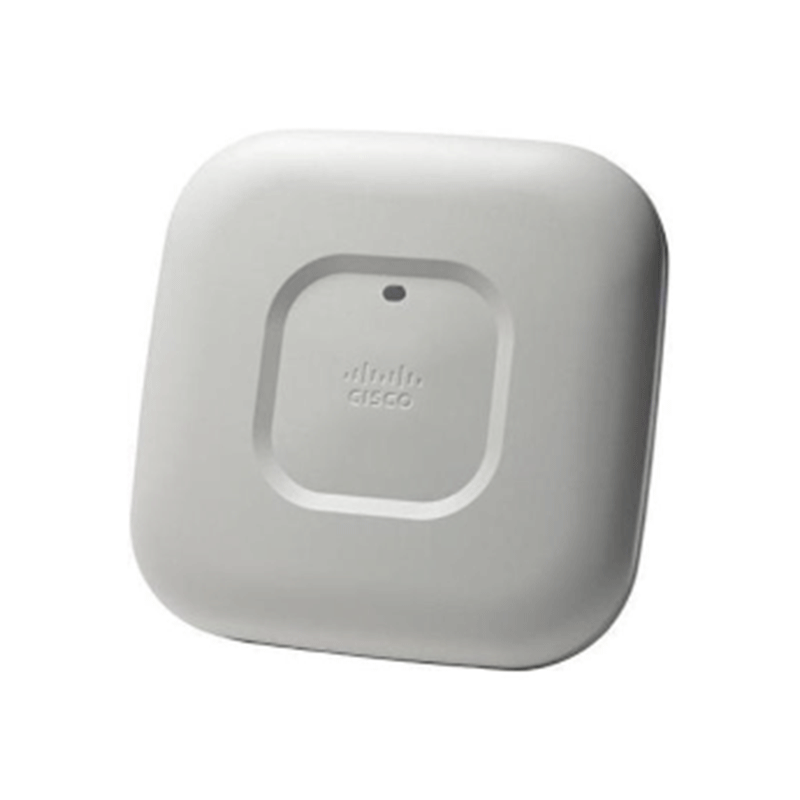
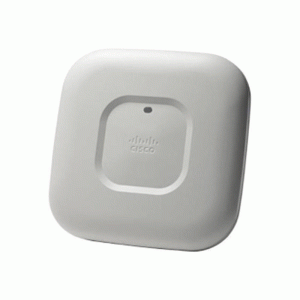
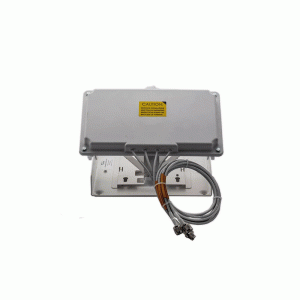
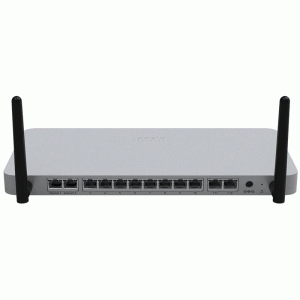
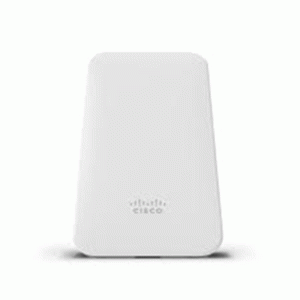
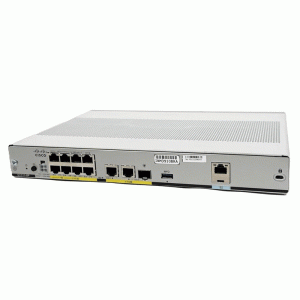
Reviews
There are no reviews yet.